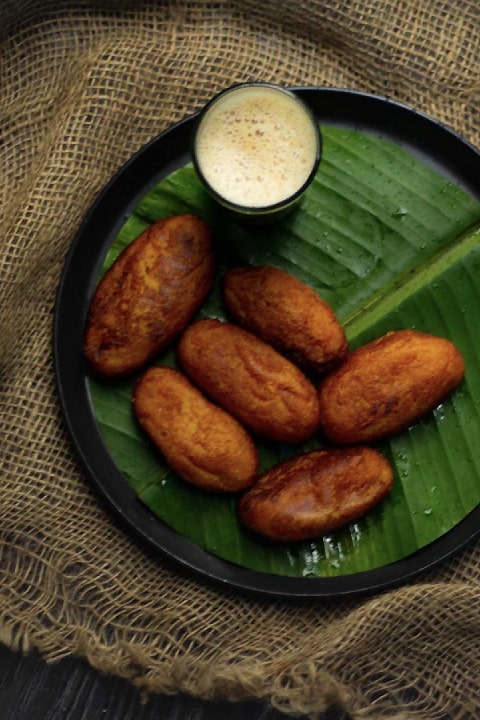Cuisine
Thalassery: The Melting Pot of Culinary Treasures from Arabia, Malabar, and Beyond

Thalassery cuisine, a blend of Arabian, Persian, and local Malabari food is the most popular sub-cuisine of the state. Thalassery biriyani, a recipe that originated here, is the most popular ethnic brand and synonymous with biriyani from Kerala.
Kerala's familiarity with foreign flavours came from the Greeks, Romans, Portuguese, Dutch, English, and most extensively, the Arab traders, whose use of spice and herbs have been absorbed in ever so many ways by the locals.
Drawing from the Arab influences, Mappila food is the best example of the integration of local and borrowed food traditions: one community whose food to this day carries the ingredients with intense aromas, a legacy of the ancient ties with West Asia.
The Arab traders who came on extended stays, considering their dependence on the monsoon winds to sail in and out of the ports, married local women and the offspring born out of such alliances became "Mappila', the term signifying the status of the son-in-law. Certain techniques used in the preparation of the meals in Mappila kitchens have undeniably come from the Arab. In a land, where coconut oil is the cooking medium, the generous use of ghee or clarified butter is probably a practice drawn from the Arabs, who are said to have used ghee made from cattle.
The ubiquitous biryani is prefixed with the name of the place it belongs to - Mughlai, Lucknowi, Awadi, and the Hyderabadi are just some of the popular biryanis. In Kerala, it is the richly-flavoured Kozhikode biryani and the Thalassery biryani which carry the elements of the Arab world, beginning with the clay oven in which it is cooked to the generous use of spices, including saffron. Unlike other biryani dishes Thalassery biryani is made using kaima/jeerakasala, an Indian aromatic rice instead of the usual basmati rice.
A biryani meal is incomplete unless washed down with a Sulaimani - the black tea with a dash of lemon, and honey, if you so prefer it. The name is believed to have been lent to this simple drink by the Sulaymani Bohras (Sulaymanis), a community from Saudi Arabia and Yemen.




Thalassery Snacks
After biryani, Thalassery is known for its variety of local snacks. There are sweet and spicy variants and they are predominantly non-vegetarian.
Some popular examples include chatti pathiri, arikkadukka (stuffed fried mussels), kallummakaya (mussels) fry, as well as sweeteners such as aleesa and Kadalapparippu ada. The sweeteners are mostly used as snacks to be consumed in the afternoon or early evening.
Chatti pathiri is similar to lasagne where layers of spiced (masala) beef or chicken mixture are placed between layers of egg-dipped pancakes and baked in the oven. It is especially served in Malabar Muslim weddings and reception parties.
The Asian green mussel is favoured in Thalassery dishes. The mussel is called Kallummakaya (fruit on the stone) or kadukka. They grow on rocky surfaces in the Arabian Sea. The dishes include kallummakaya porichathu (fried mussel), arikkadukka (stuffed-in-shell mussel, steamed and fried), kallumakkaya ularthiyathu (mussel stir-fry), kallumakkaya achar (mussel pickles). Elambakka (clams) are also popular.
Muttamala and muttasirka are traditional sweets made using egg, where muttamala is yellow noodle-like made of egg-yolk and muttasirka is white-colored, made of egg whites. Tharipola, pazham nirachatu (fried banana filled with grated coconut sugar or jaggery), unnakaya, kaayi pola, chatti pathiri and ari pathiri are other local dishes.
Unnakkai, also known as kaai ada, is a spindle-shaped sweet dessert made of sweet plantains. It is a famous Malabar snack often served at weddings, Iftar parties and other festivities. It is prepared by stuffing plantain with flavoured coconut (and optionally with egg) and fried in ghee.

The Heritage 1866.
Your unforgettable experience awaits!
